Seafood and seafood products represent some of the most important foods in almost all types of societies around the world. Sea food such as fish, prawn, crab, squid and cuttlefish are delicacies and form an important staple part of daily food. Seafood contains not only the nutrients that provide good health but also other natural or introduced substances, often prejudicial, these are called contaminants, a contaminant is any substance not intentionally added to food, but which is present as a result of its production, manufacture, processing, preparation, treatment, packaging, transport or holding or due to an environmental contamination. In case of heavy metals and other chemical components intentionally used by industries, contamination can occur through soil, water and air. Contamination of the environment is not only a pollution issue but also a rising public health matter, from the consumption of such contaminated food and water.
Heavy metal is a metallic element with high atomic weight which can damage living things at low concentrations and tend to accumulate in the food chain. Some heavy metals have essential roles for human health and form an integral part of numerous enzymes. Heavy metal pollution has become a worldwide concern due to the increasing levels of pollution and its obvious impacts on human health. These are of great concern from the public health point of view, and being environmental pollutants it can occur naturally in the environment and can come from industrial (e.g. mining, metallurgical, incineration, pesticide etc.) or agricultural sources (e.g. pesticide and fertilizers use). Almost all pollutants find their ways finally to sea as the ultimate sink. These contaminants are highly toxic and may accumulate in seafood, whose consumption can represent an important route of human exposure to these harmful substances and ultimately threaten human health. Coastal belts are highly populated and urbanized with industries.
The tendency of heavy metals to get accumulated in marine animals is of scientific interest in heavy metal chemistry. The bioavailability of trace metals is the key factor determining tissue metal levels in the marine biota. Trace metal uptake occurs directly from surrounding marine water across the permeable body surface and from food along with the seawater to the gut. Fish, crab, prawn, squids and cuttlefish form an important link as possible transfer media to human beings. Information on the level of heavy metal pollution in coastal environment is important as they cause serious environmental health hazards.
To meet the global challenges in seafood trade, we need to ensure that our fish products are both safe and comply with international quality requirements and standards. Recently, import regulations have increased on heavy metals. Since 2004, heavy metal residue has replaced antibiotic and microbiological contamination as the biggest concern of the future. This book focuses on cuttlefish (Sepiella inermis) contamination by heavy metals ( Hg, Cd, Pb, Cu, Zn, Fe, Mn, Cr, and Ni) captured and consumed in coastal waters of Andhra Pradesh in India.
The results obtained will provide information on levels of heavy metals in the sea food harvested from different parts of Andhra Pradesh for effective monitoring of safety of the sea food consumed and safe guard the public health.
The quality of Cuttlefish is of major concern to the food processors, consumers, and public health authorities. Provision of safe, wholesome and acceptable Cuttlefish and Cuttlefish products, thru control of contamination is essential from food safety point of view. The quality of Cuttlefish degrades due to a complex process in which physical, chemical and microbiological forms of deterioration are implicated. The greatest risk to human health occurs due to the consumption of raw, inadequately cooked or insufficiently processed Cuttlefish, and Cuttlefish products. Good manufacturing practices should be in place to minimize the risk of food poisoning associated with the consumption of Cuttlefish and seafood products. In second part of the study in this book on the microbial quality assessment of Cuttlefish and Cuttlefish products should be undertaken.
The present study attempts to monitor Cd and other toxic metals in cuttlefish (Sepiella inermis), and an attempt was made to investigate the quality changes in cuttlefish treated with and without chemical treatment during frozen storage with relevant suggestions for suitable treatments for improving overall quality, which would greatly help the seafood industry.
This book gives great significance for producing safe products and boosting the export potential of this seafood delicacy in the global market. Wholesome and safe cuttlefish products would certainly enhance the market potential in the overseas market.

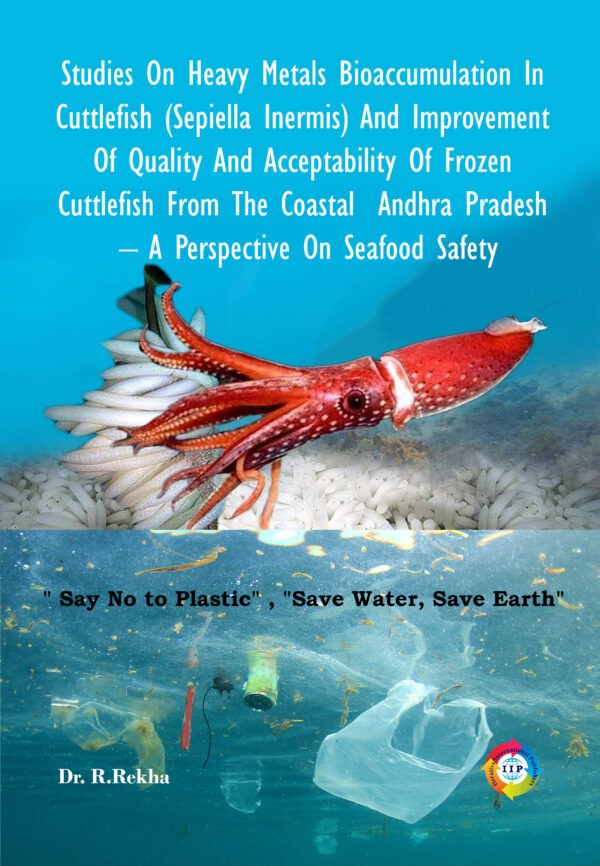
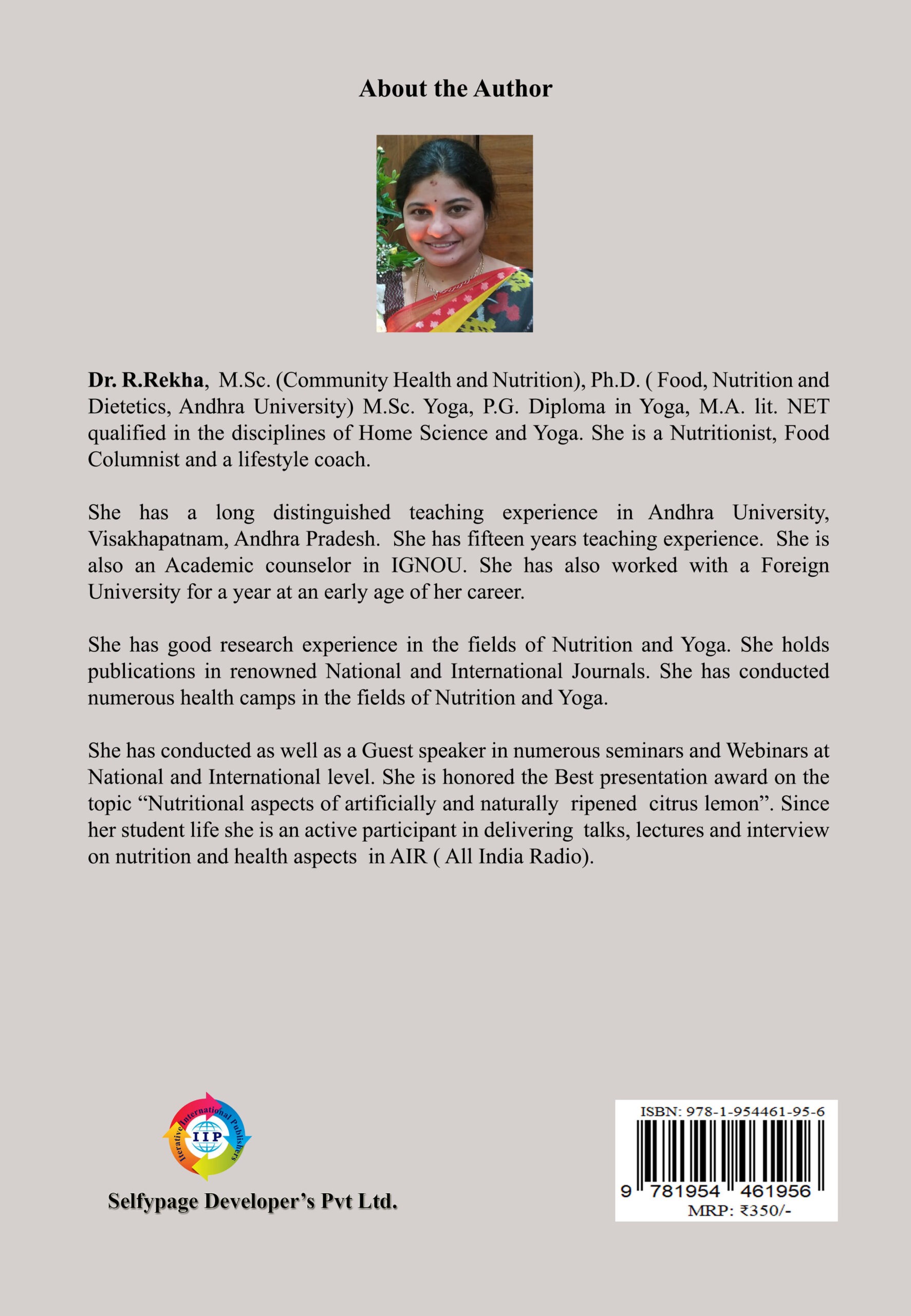

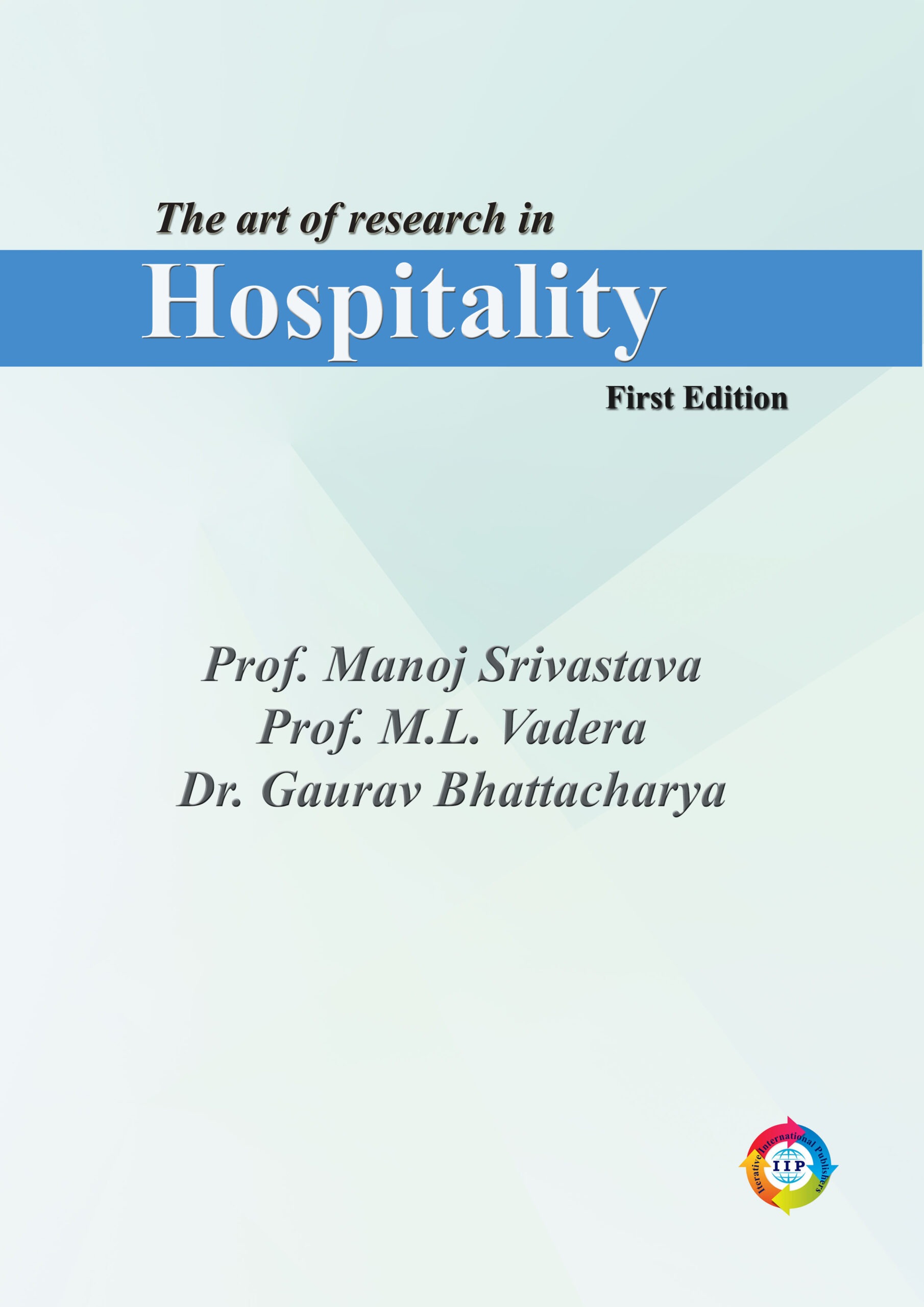
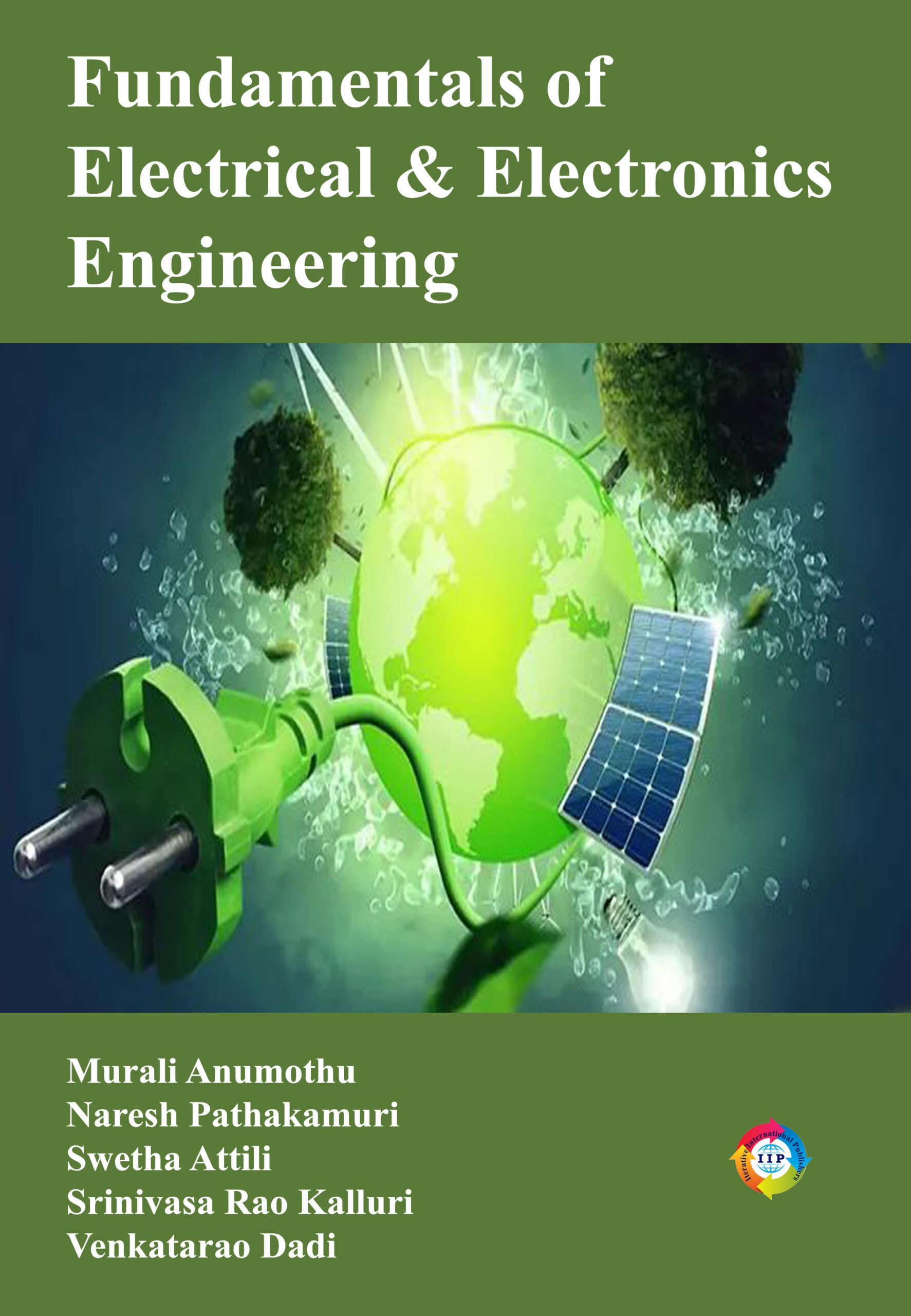
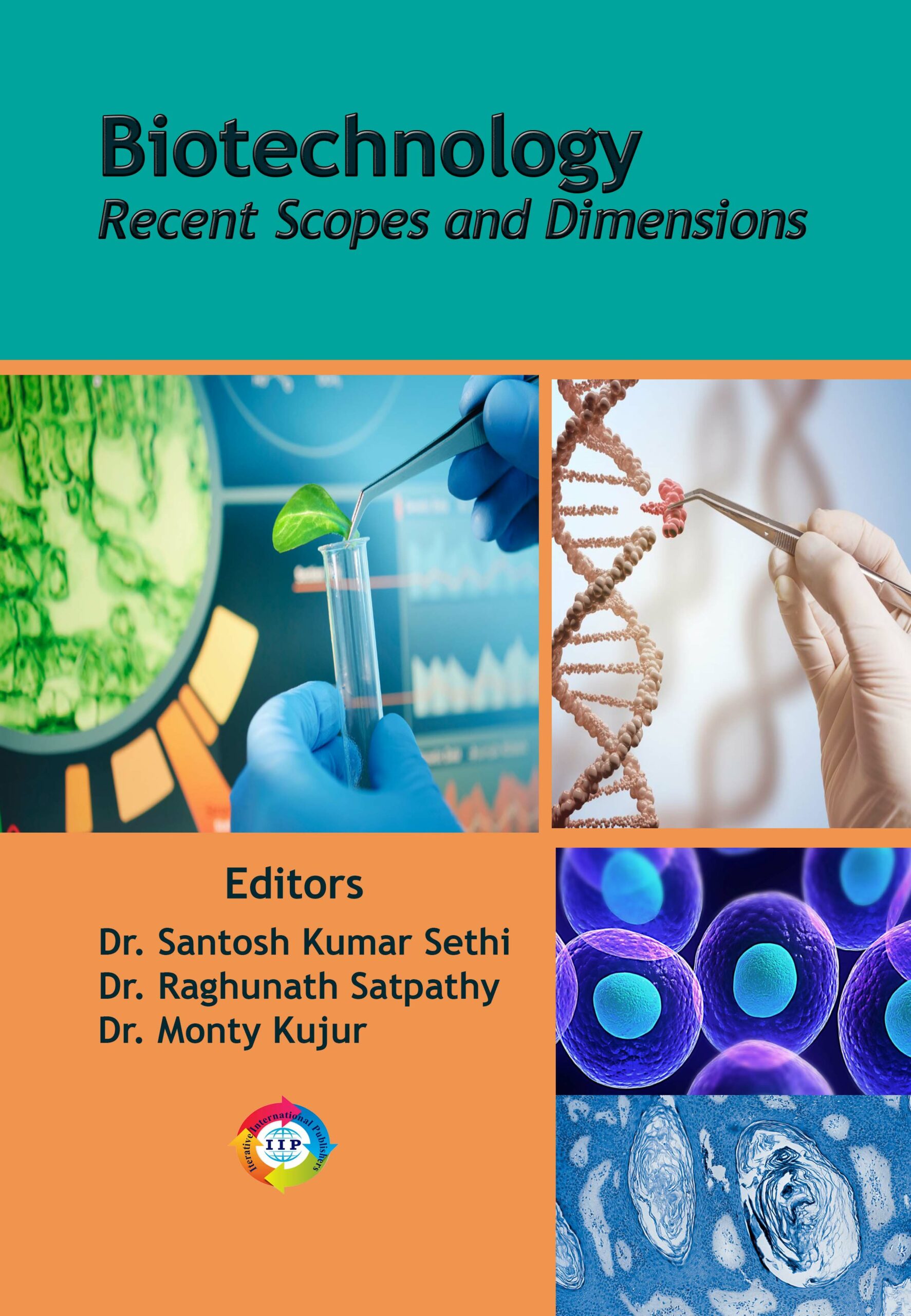

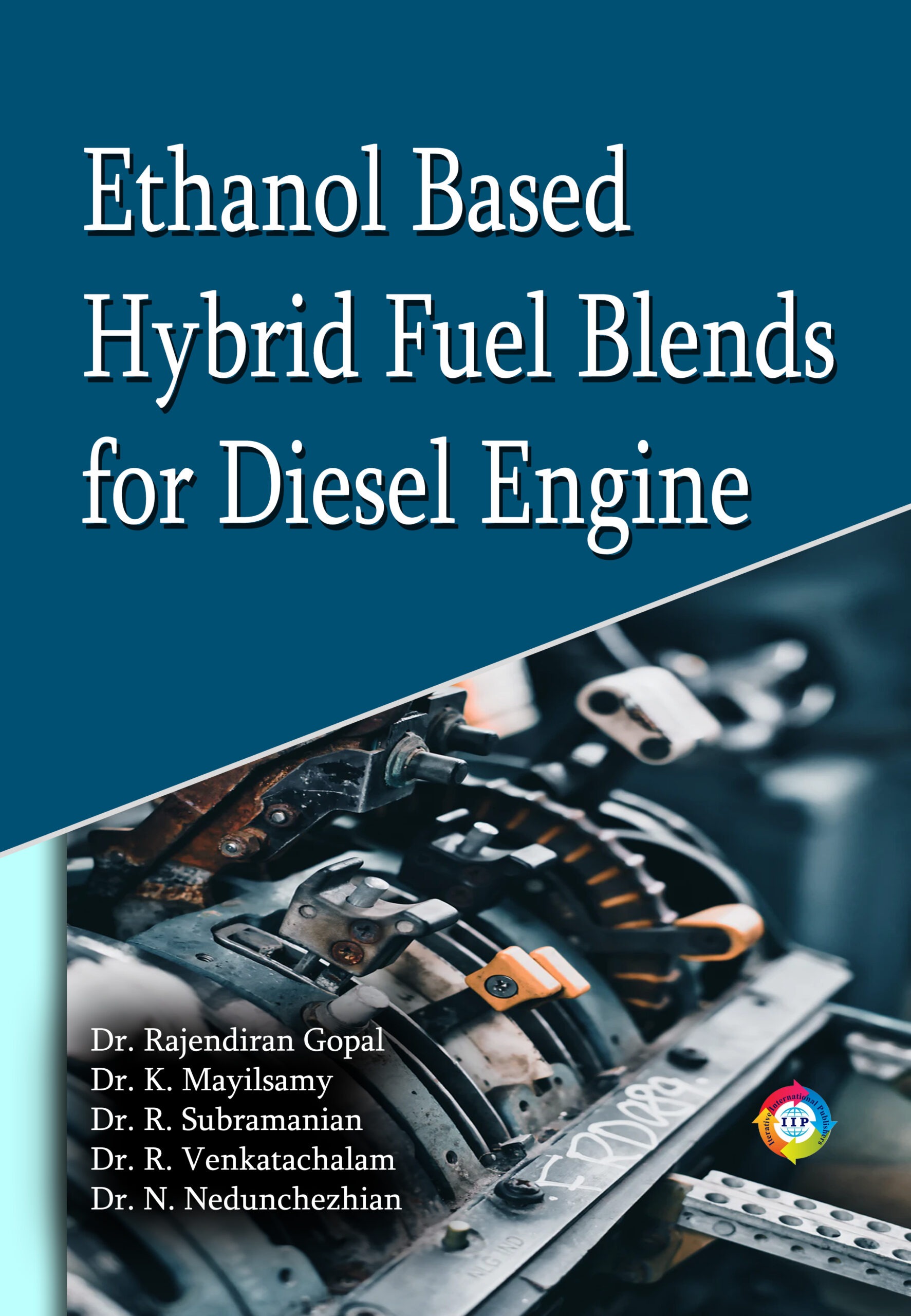
Reviews
There are no reviews yet.